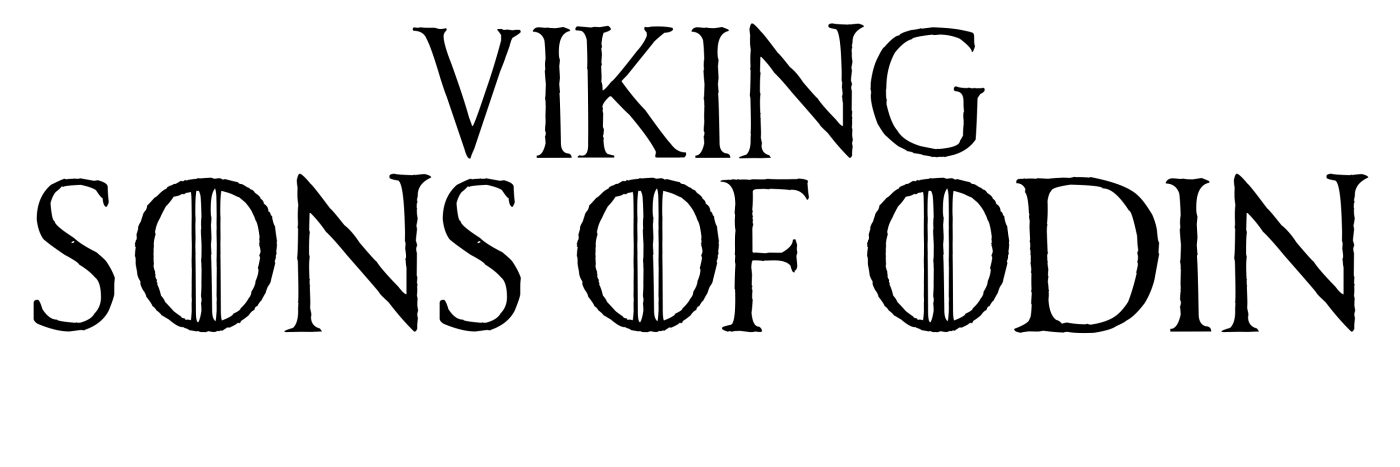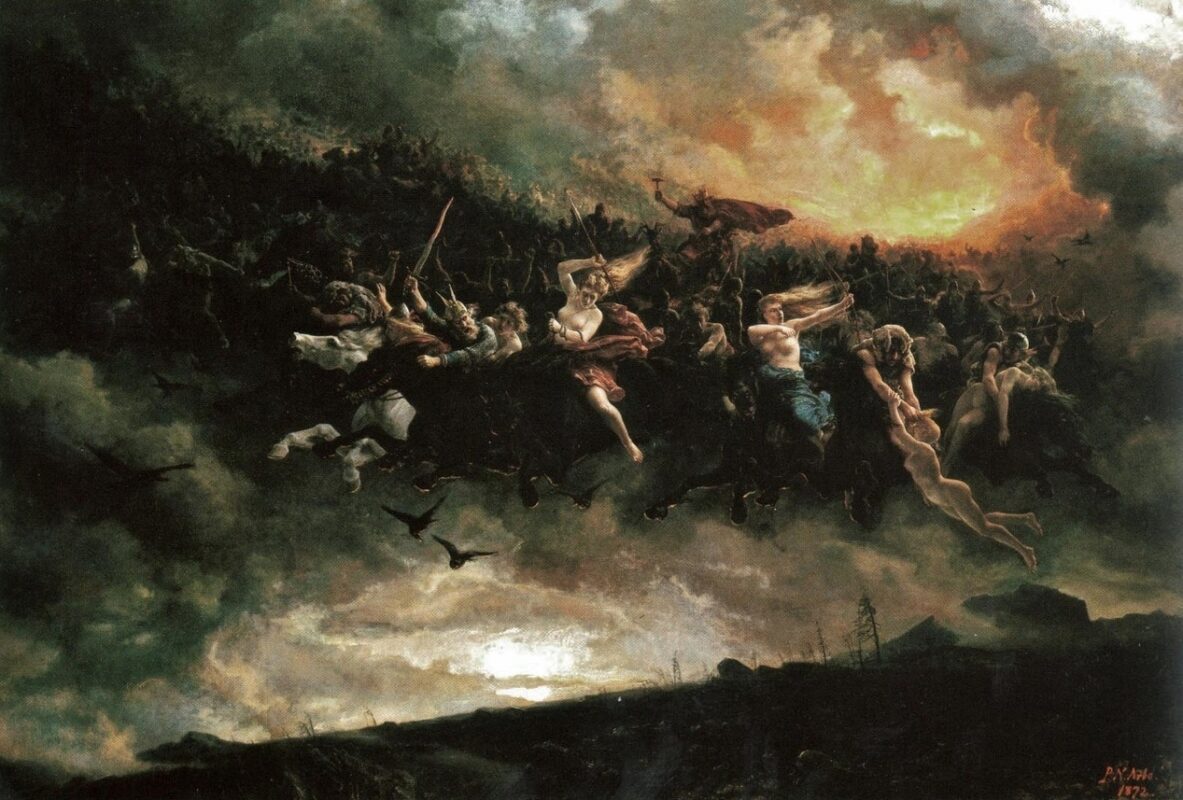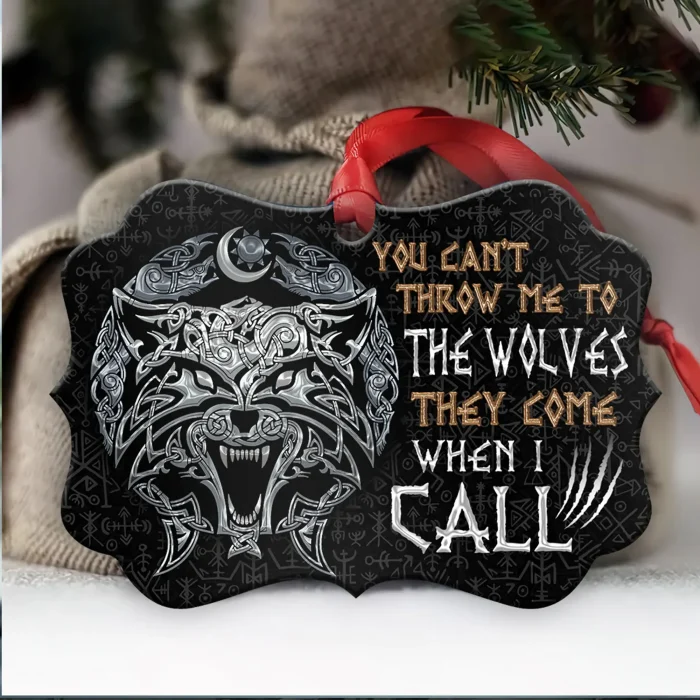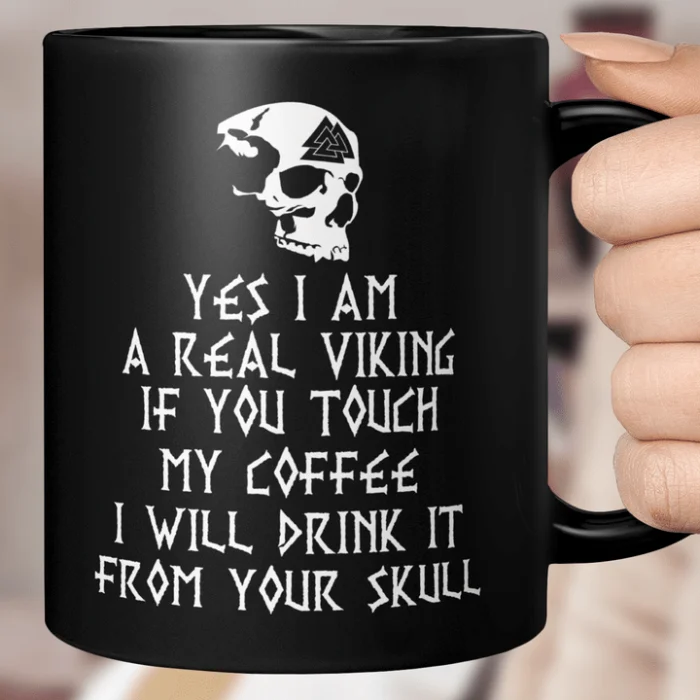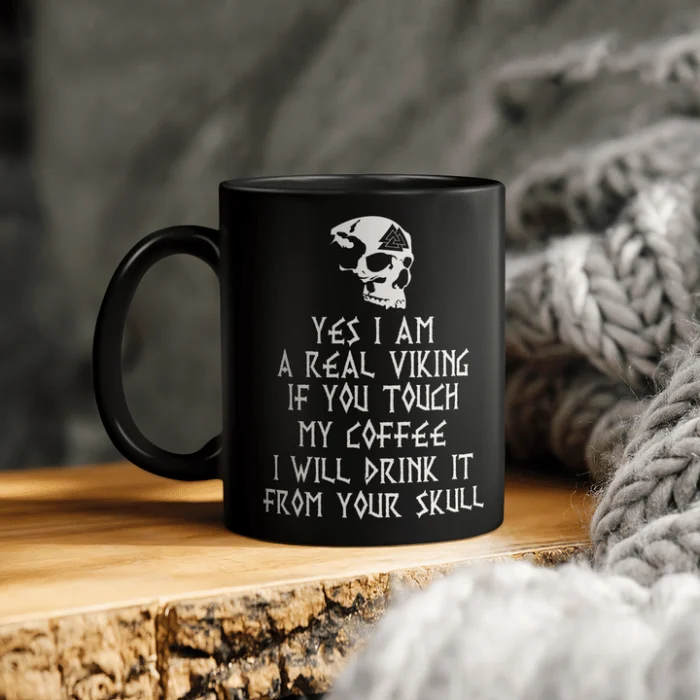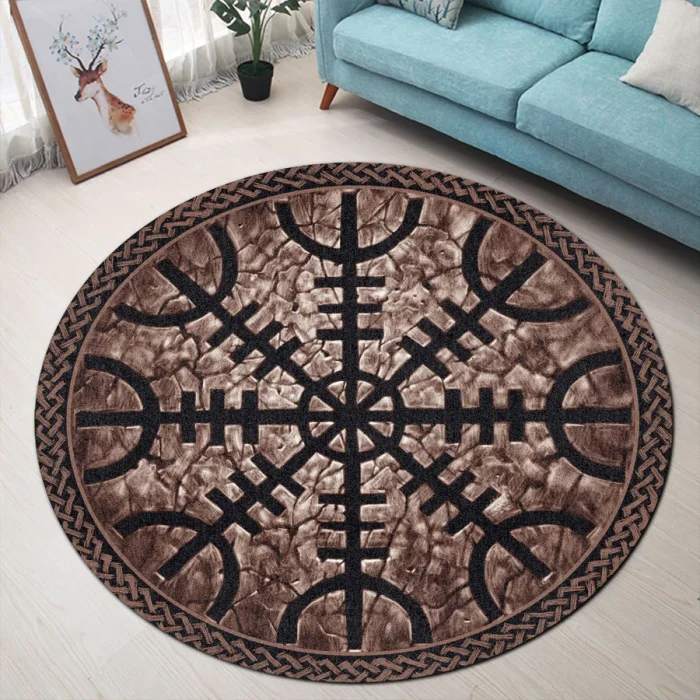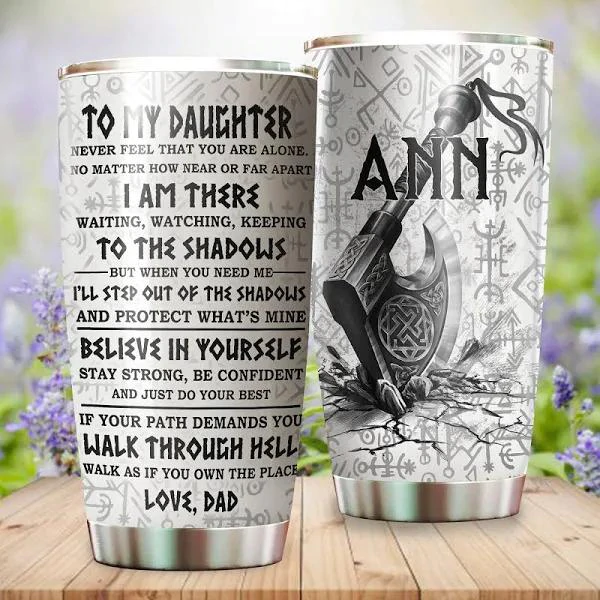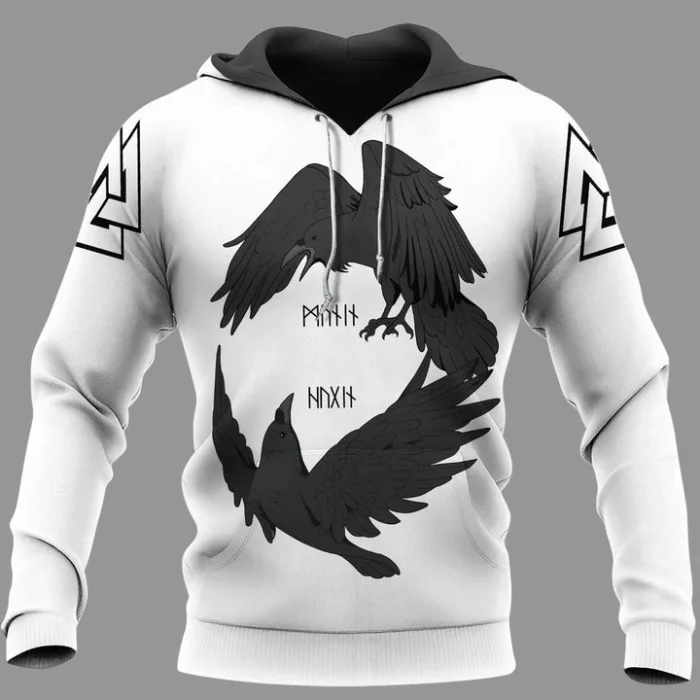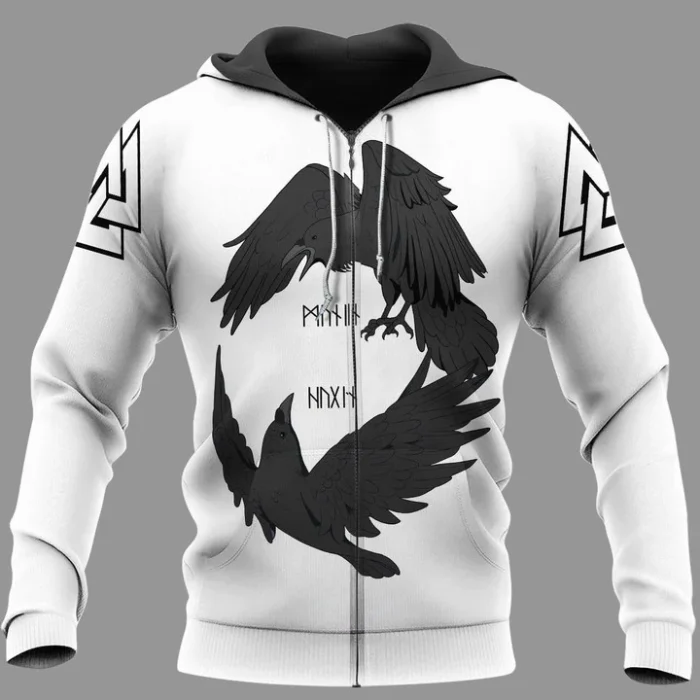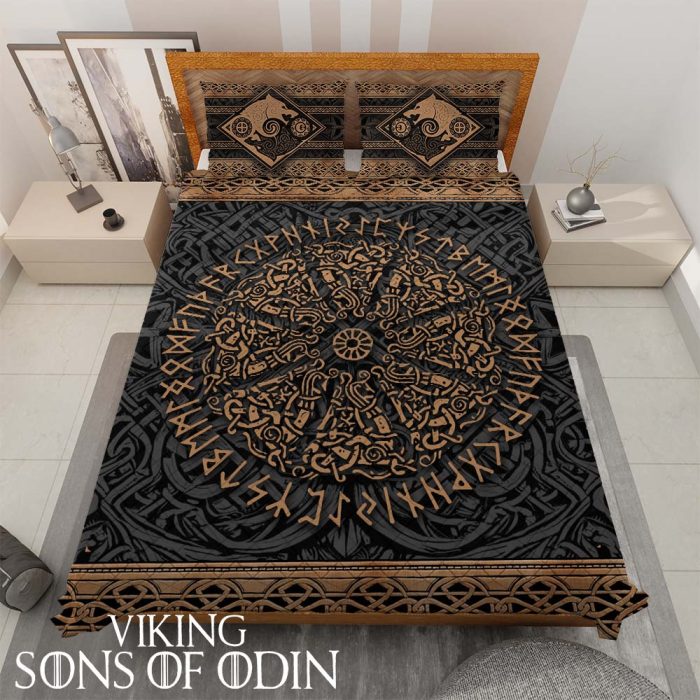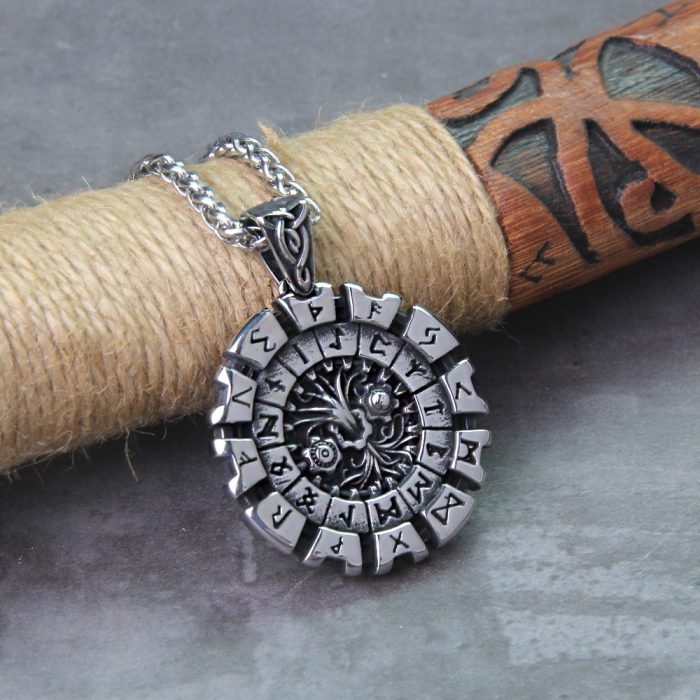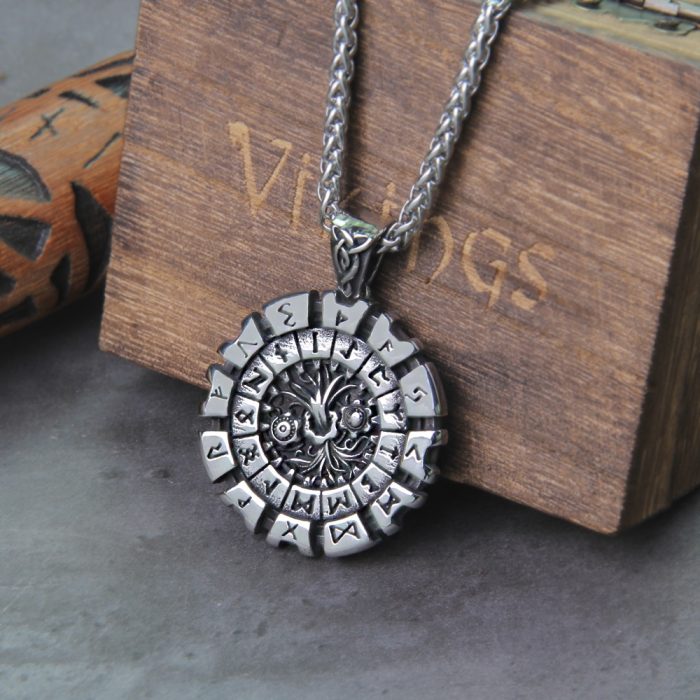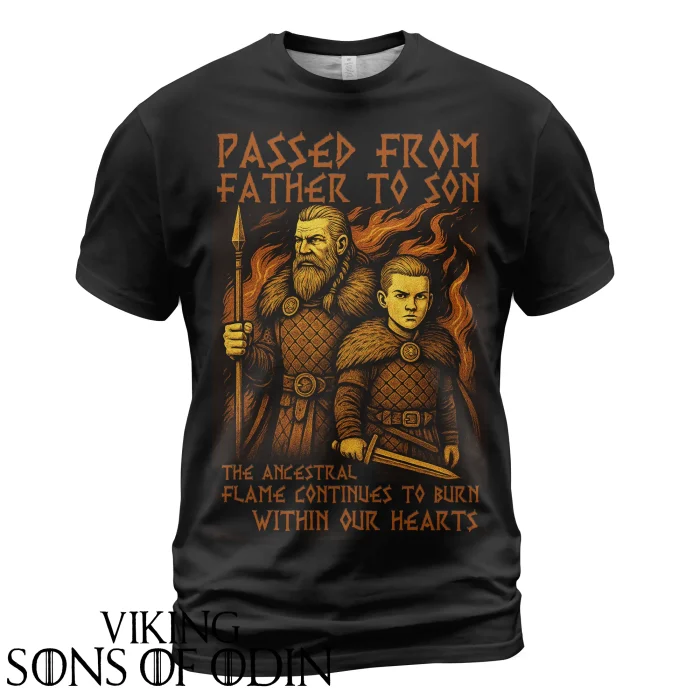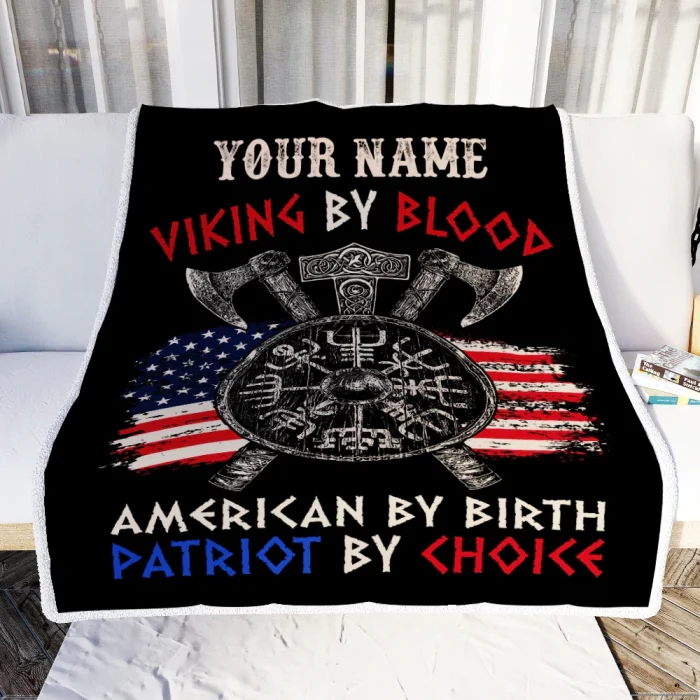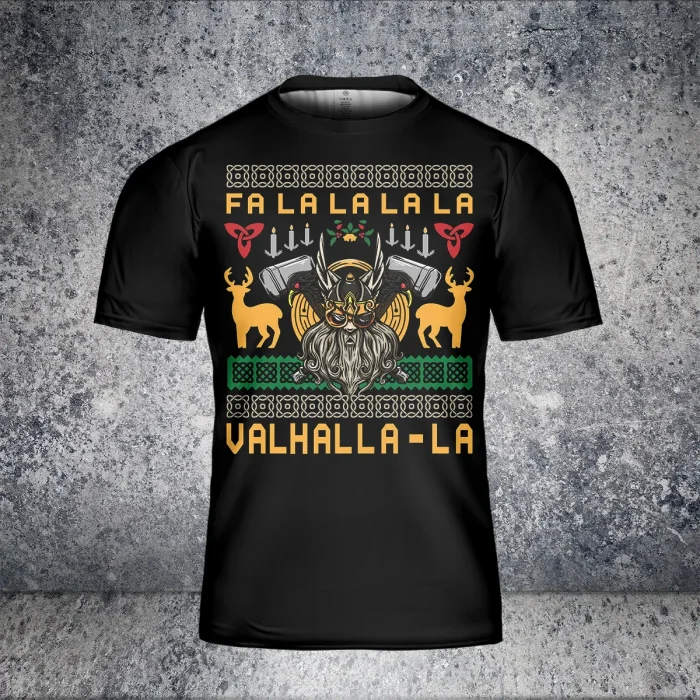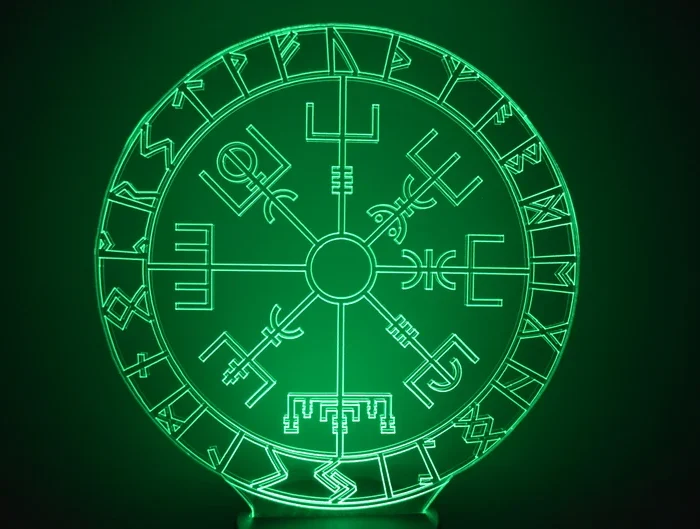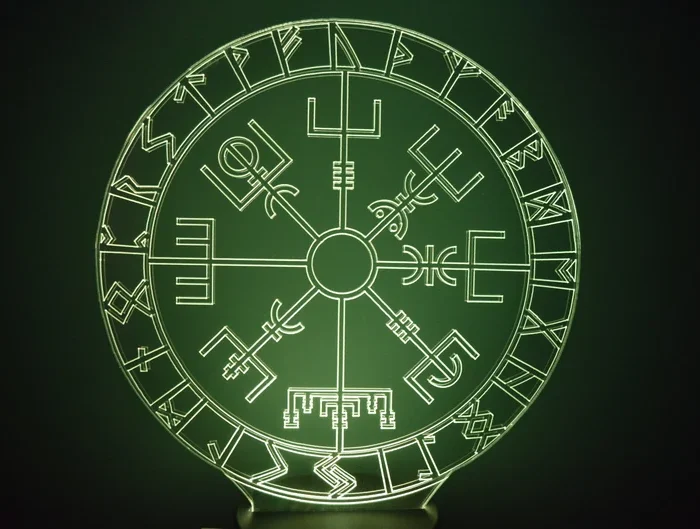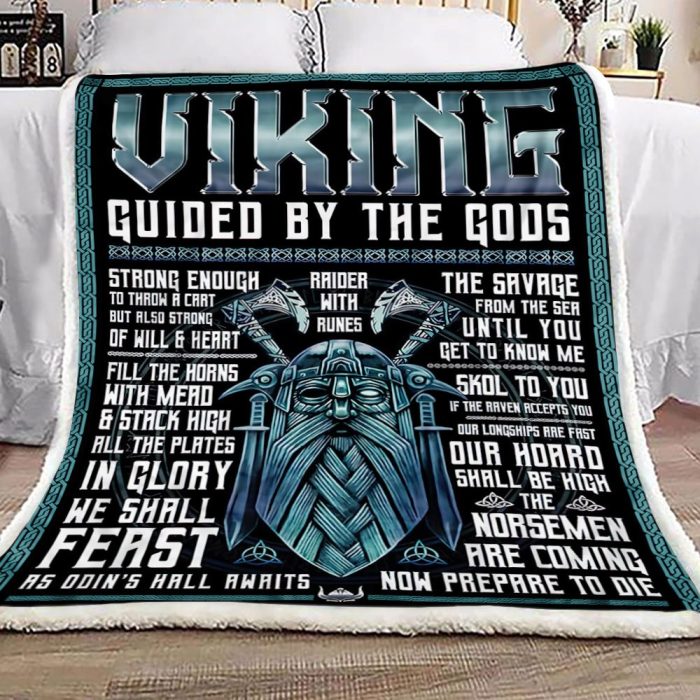Nordic Discovery
History of Norse Mythology Part 2
Norse mythology includes the pre-Christian religion, beliefs and legends of the inhabitants of Scandinavia, including those who settled on the island of Iceland – where much of the written material of Norse mythology is found. . The famous version of Norse mythology is that of the Germanic peoples, which arose from the myths of the pre-existing Indo-European peoples.
The religions of the Nordic peoples are not based on a “truth” transmitted directly from gods to humans (although there are stories of mortals visited by gods) and do not have formal texts such as the Bible. Holy of Christianity or the Quran of Islam. Norse mythology is transmitted orally in the form of long poems. The transmission of Norse religion was strongest during the Viking period. One learns about Norse mythology mainly through the Edda epics and extensive Christian records of Scandinavia. Norse mythology has a great influence on literary and artistic works.
Voluspa: the beginning and the end of the world
The fate of the whole universe is described in the Völuspá (“Prophecy”) – one of the most remarkable poems in the verse Edda. In Völuspá, Odin, the leader of the gods, summons the spirit of a Volva (“prophet”) to inquire about the world’s past and future. The prophetess asked Odin if he really wanted to know. Odin emphasized that as king of the gods, he needed those insights. In the end, the oracle tells Odin the secrets of the past and the future and then sinks back into darkness.
The process of making the world
Originally the world consisted of only the frozen land of Niflheim and the fiery land of Muspelheim. Between these two lands is Ginnungagap – the void where nothing lives. In Ginnungagap, the fire of Muspelheim transformed the ice of Niflheim into the first giant Ymir and the giant bull Auðumbla. Ymir lives on this cow’s milk. The bull Audumbla licked the ice forming the first god Búri the father of Borr, and Borr the father of the first three Aesir: Odin, Vili and Ve. Ymir is both male and female, born of the giant race Ymir. Then Borr’s children Odin, Vili and Ve kill Ymir and use Ymir’s corpse to build the world.
The gods regulate the cycle of day and night as well as of the seasons. Sol, daughter of Mundilfari and wife of Glen, was the sun goddess. Every day I cross the sky in a chariot drawn by two horses, Alsvid and Arvak. The Sun’s path is still commonly known as Alfrodull (“Glory of the Elves”). Sol is frequently chased by Skoll (another name for Fenrir). The eclipse was a sign that Skoll was close to catching Sol. According to the prophecy, eventually the sun god Sol will be overtaken by Skoll and eaten. However god will be replaced by his daughter. Sol’s brother, the moon god Mani, was also chased by another wolf named Hati. The Earth is protected from the full heat of the Sun by Svalin standing between Sol and the ground. In Norse beliefs, light does not come from the sun god, but from the mane of his two chariot horses, Alsvid and Arvak.
The first humans, Ask and Embla, were carved out of wood by the gods Odin, Hoenir (Vili) and Lodurr (Ve) and given life.
The prophetess also describes the world tree Yggdrasil and the goddesses of fate (also known as norn) named Urd, Verdandi and Skuld (past, present and future) sitting in the shadow of the threads of fate. its. In addition, Odin is told of the war between the Aesir and Vanir and the death of Baldr.
Doomsday
The future in Norse religion is rather bleak. The forces of darkness and chaos will overcome the gods representing order. Loki and his children will be freed from their chains. The dead from Niflheim return to earth to attack the living. Heimdall, the god who stands guard at the gates of Asgard, summons the forces of heaven with a jolt. Then a war broke out between chaos and order (still known as Ragnarök). The fate of the gods is to lose this battle. They knew that and gathered their best warriors, the Einherjar, to fight by their side. But in the end they had to helplessly watch the world sink back into darkness. The gods and the order they created will be destroyed. Odin himself will be devoured by Fenrir.
However, there will be a few gods and humans left to build a new world. Scholars are still debating whether this is a sign of Christian influences. Otherwise, Voluspa’s apocalyptic view may reflect the ancient Indo-European worldview.
History of Norse Mythology Part 1
